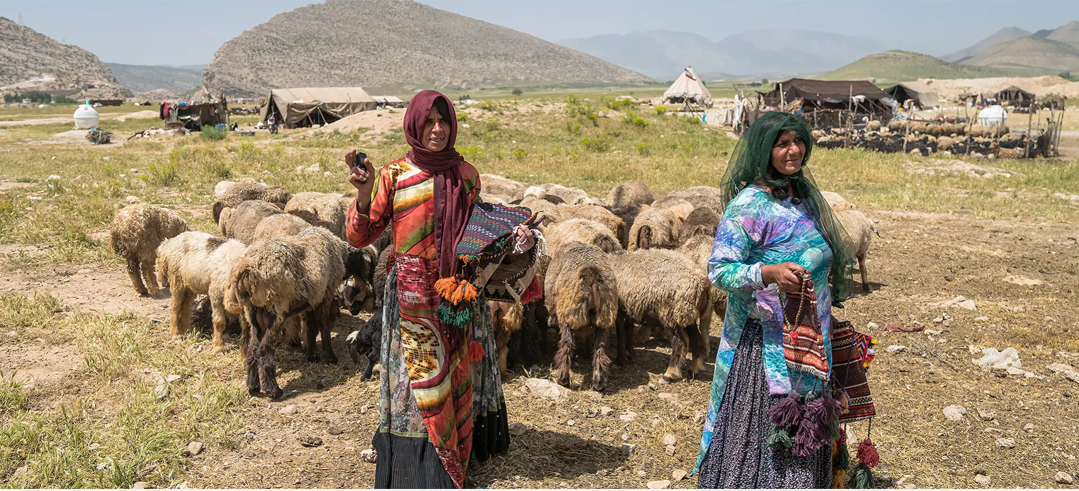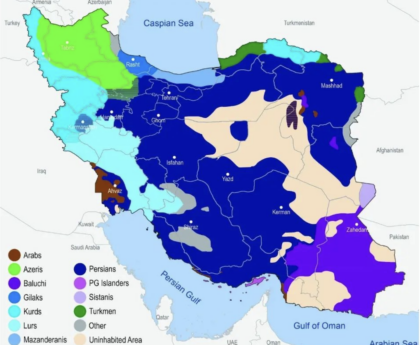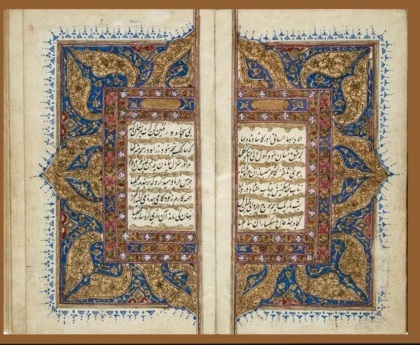Iran, due to its special geographical location and proximity to nomadic tribes, especially from the north and northeast is one of the most important nomadic regions in the world. The story of the nomads of Iran goes back to the second millennium B.C., the arrival of Aryans in the Iranian plateau. Some of these people decided to stay in a suitable place and start farming for their food. But some preferred to stick with their nomadic lifestyle, always traveling with their flocks of goats and sheep to avoid the harsh winters and scorching summers. Gradually, large cities were born and technology changed the world, but some of these Iranian nomads kept on roaming deserts, hillsides and plains with all their belongings. What’s more fascinating is that the nomads of Iran have had profound impacts on the Iranian history. They have been soldiers in the army, protected the borders, and have had descendants that founded the greatest Persian empires: the Medes and the Achaemenid.
Nomadic lifestyle in Iran is a charming harmony of people, nature, animals, and migration. With their animals as their main means of survival and source of income, the nomads of Iran travel twice a year. The total life of each tribe is in harmony with its surrounding climate. For each tribe, seasonal migration (that is known as Kooch) is to specific locations and through specific routes. In spring, they head for cooler pastures (Yeylaq) where grass will be available for their flocks during the dry seasons. With the first breezes of cold, they return to warmer pastures (Qeshlaq) to spend the cold seasons. It is nothing but the great teamwork of all the members of a family that make this kind of life possible.
Today, a small population of 19 different nomadic tribes still hang on to their ancestors’ wild and free spirit. Even with this small remaining population, together with some other Asian countries like Kyrgyzstan and Mongolia, Iran has one of the world’s largest community of nomads. Though modern life has made changes to some aspects of their lifestyle, the nomad’s rare lifestyle, customs, hospitality, and generosity haven’t stopped to charm.
The Qashqai Tribe Nomads Iran’s nomadic Qashqai, part of the Turkic peoples from Central Asia who settled in Iran during the 11th and 12th Centuries, have roamed the harsh deserts of southwest Iran for hundreds of years. Each year, they travel with their flocks of goats and sheep from summer highland pastures north of Shiraz to winter pastures on lower (and warmer) lands near the Persian Gulf, roughly 480km to the south. Their way of life is a fine balance between man, animal and their environment. But this traditional way of life is fast disappearing. Numbering just 400,000, many attempts have been made to try to incorporate this minority group into mainstream Iranian society. But the Qashqai have always resisted, remaining a strong, proud and independent people.
The Bakhtiari Tribe Nomads Bakhtiari people settled in the Zagros Mountains over the past several thousand years and their roots have grown deep into this land — in what is now western and southwestern Iran — alongside the native oak trees that serve as a vital source of their sustenance. In the face of modern forces, they’re standing their ground. Urbanization began to take hold in this region a century ago, and over the years, the majority of the Bakhtiari have assimilated. Many vaulted into the Iranian elite, becoming academics, actors, ambassadors and athletes. There’s even a National Football League player with Bakhtiari roots: David Bakhtiari of the Green Bay Packers. And yet, some tribes of Bakhtiari continue to raise animals, grow barley and migrate between pastures with the seasons, just as they have for generations.
Kurdish Nomads The magnificent mountains of Kermanshah and Kurdistan provinces are home to different tribes of Kurdish nomads. These men of mountains have their roots in ancient Iran. Beautiful Kurdish dances, Kurdish songs, and adorable handicrafts are of the charms of their lovely culture. The Kurdish nomads of Iran also produce a very famous animal oil. Payravan nomads who roam the northeast of Kermanshah are one of the must-see tribes of the Kurdish nomads of Iran.
The Shahsavan Nomads When Abbas I of Persia organized a single militia from different tribes, the Shahsavans were born! Now, these mainly Turkish speaking Iran nomads roam the green northwestern provinces of Azerbaijan and Ardabil, between Mount Sabalan and Mughan Plain. Probably, the Shahsavans are the most culturally- untouched tribe of all Iranian nomadic tribes. This is mostly featured in how devotedly they stick to their traditional clothing. A Shahsavan’s clothes reflect his/her social status. Generally, women’s colorful clothing has 9 different pieces. Baseri Nomads The only nomads of Iran with Persian origin are Baseri Nomads. These Persian-speaking nomads have Fars Province as their home. Baseri Iran nomads are famous for their kilims, carpets (with a dominant orange color), and traditional music. The Afshar Nomads These pastoral nomads arrived in Iran in the 11th and 13th centuries. They have the foothills of Mount Sabalan (Azerbaijan and Hamedan) as their summer home and the warm plains of Moghan (near the Caspian Sea) as their winter home. You can also find some Afshar nomads roaming between Kerman and Bandar Abbas in southern Iran. Turkmen nomads live in the northeast. Baluch nomads are found in the east and southeast. Arab, Lur, and Turkic tribes all roam western, central, and south western Iran.
Deep-rooted traditions and the isolation that comes from a migratory lifestyle have helped the nomads of Iran survive to this day. But their number has diminished so much in the past century. The hardships that their lifestyle brings, the struggle with drought, and the lures of modern life to the younger generations are some of the reasons why. These days, you can trace the effects of modern life on the previously intact lifestyle of Iranian nomads. Now, they mostly travel with mini trucks, carry cell-phones, and have items of modern clothing. There are around one and a half million nomads around Iran. Unfortunately, the remaining nomads might be the final chapter in the history of Iranian nomads.





